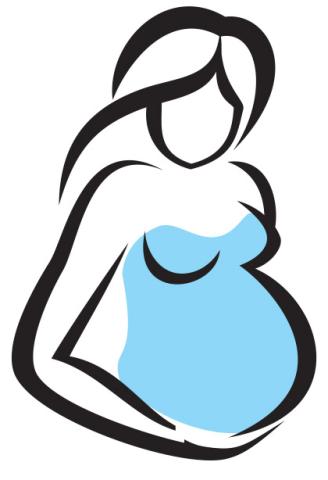
Women and Alcohol
Please note that some links to federal government websites may be broken due to new presidential actions.
The CDC reports excessive alcohol use is linked to more than 43,000 deaths among women each year. Because alcohol affects women differently than men, there are unique health and safety risks when women drink to excess.

Data on the CDC website includes the following about women and alcohol use:
- Nearly half of adult women report drinking alcohol in the past 30 days.
- About 13% of adult women report binge drinking. Among them, 25% do so at least weekly, on average, and 25% have at least six drinks during a binge drinking occasion.
- Almost 18% of females of child-bearing age (i.e., ages 18-44 years) binge drink.
- In 2019, about 32% of female high school students drank alcohol compared with 26% of male high school students. Binge drinking was also more common among female (15%) than male (13%) high school students.
- In 2020, 9% of women overall and 17% of women aged 18 to 25 years had an alcohol use disorder.
Because alcohol affects females differently than males due to differences in body structure and chemistry, females are more susceptible to the negative health effects of alcohol use. These include liver disease, alcohol-related cognitive decline, damage to heart muscles, and breast and other cancers.
It is also noted that excessive alcohol use, especially binge drinking, is a major contributing factor to sexual violence.
Alcohol and Pregnancy
There is no known safe amount of alcohol use during pregnancy or while trying to get pregnant. Alcohol passes to the baby through the umbilical cord. Alcohol use during pregnancy can cause miscarriage, stillbirth, and a range of lifelong physical, behavioral, and intellectual disabilities. These disabilities are known as fetal alcohol spectrum disorders (FASDs). More information about FASD can be found on the CDC website.